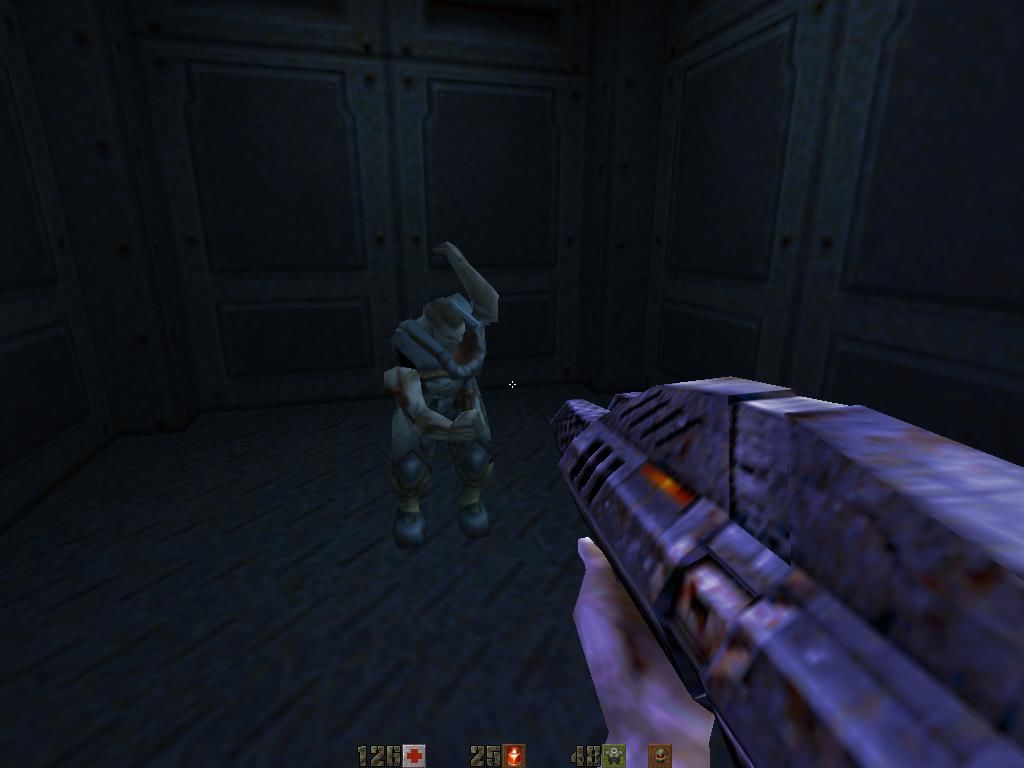
While we prefer using digital input for our retro gaming, you might find that having the analogue stick in a higher position suits you better.

The R351 places the D-Pad above the left-hand analogue stick making it easy to use for prolonged periods, while the Retroid Pocket 2 has it below – which makes it a little more awkward to reach. Sadly, it's really hard to hit diagonal inputs on the D-Pad, so if that's likely to be an issue for you, then opt for R351P instead - Image: Time Extension / Damien McFerranīoth of these machines offer a similar control configuration, but there are some interesting quirks to note. The R351M has a metal case and built-in WiFi, and looks fantastic. It's worth noting that the R351P we reviewed had uneven levels of brightness and a dead pixel right on the left-hand side of the display (which thankfully didn't impact gameplay and was almost impossible to see unless we were playing in total darkness). However, the display isn't quite as punchy as the 3.5-inch panel seen on the Retroid Pocket 2, which, while being brighter and more colourful, also boasts a higher resolution of 640 x 480. The R351 has a 3.5-inch IPS screen with a resolution of 320 x 480 pixels, which makes it ideal for running pretty much any console which launched before the HD era took off.


The R351M is utterly lovely from a design perspective, but there's a huge caveat to consider, which we'll come to shortly (by the way, we'd like to thank Brandon from Retro Dodo for kindly supplying an R351M for us to play around with). It's worth noting that the R351 comes in two variants – the R351P (plastic case, no built-in WiFi but comes with a WiFi dongle) and the more expensive R351M (a gorgeous metal case and WiFi built-in).


 0 kommentar(er)
0 kommentar(er)
